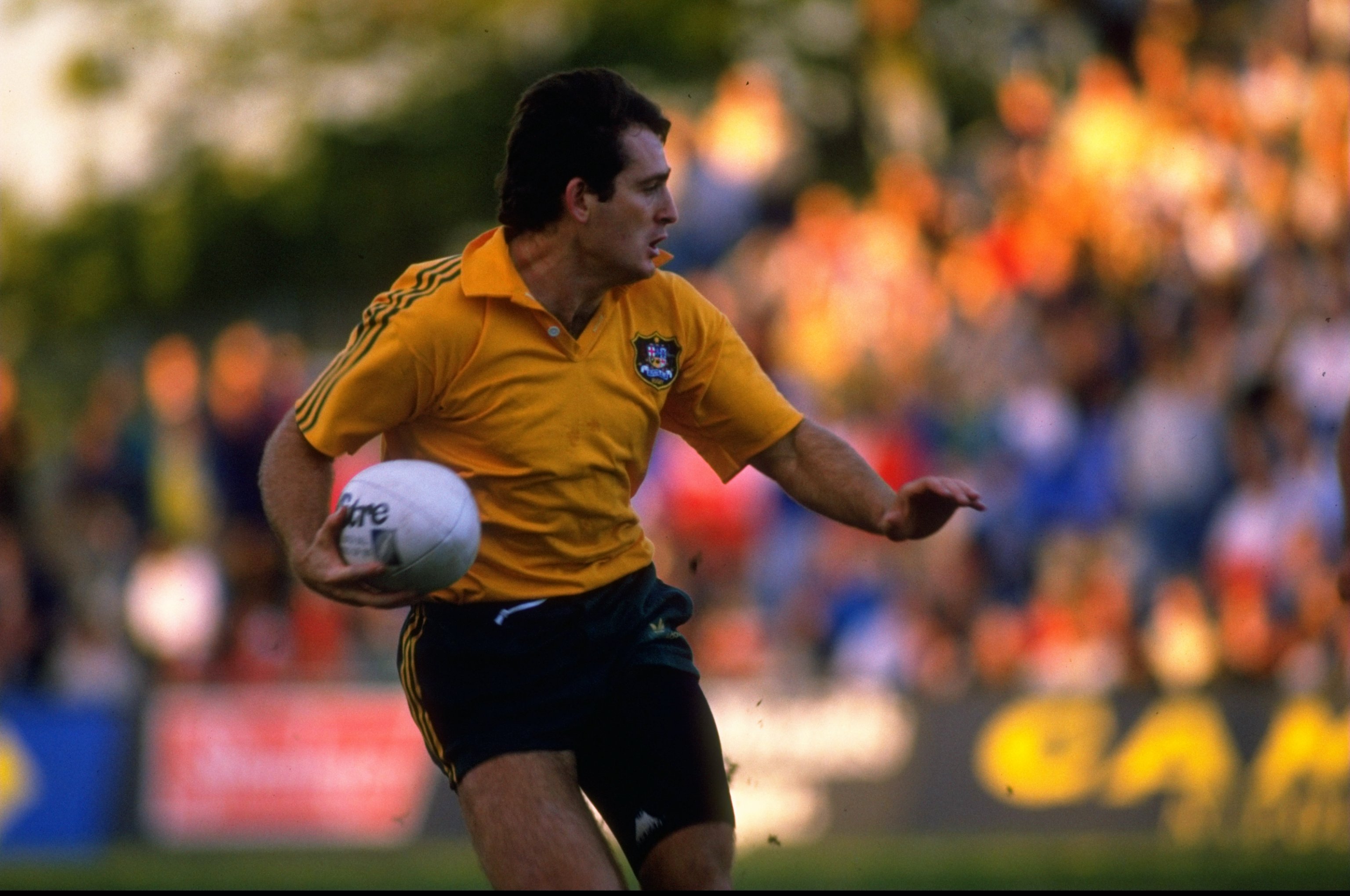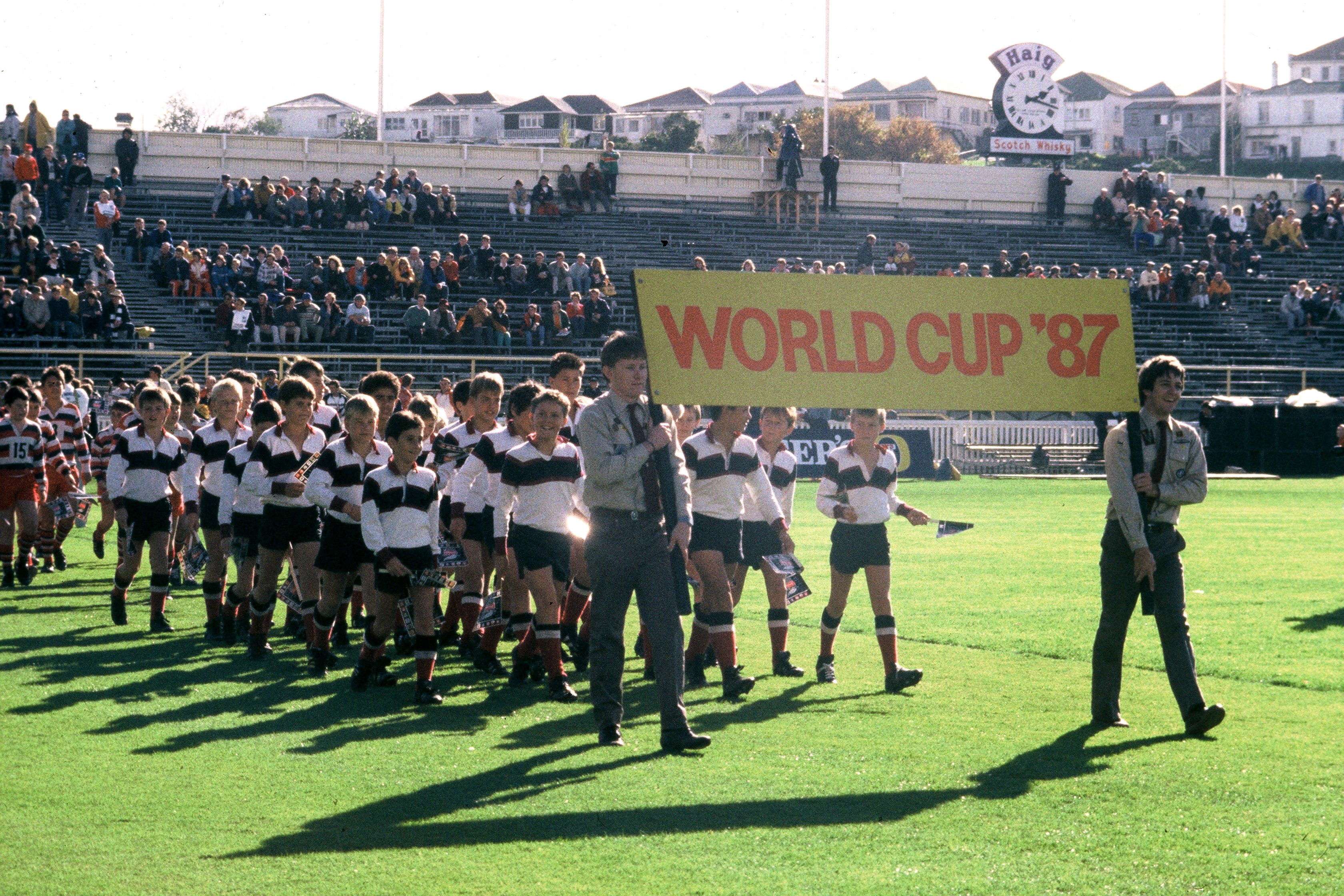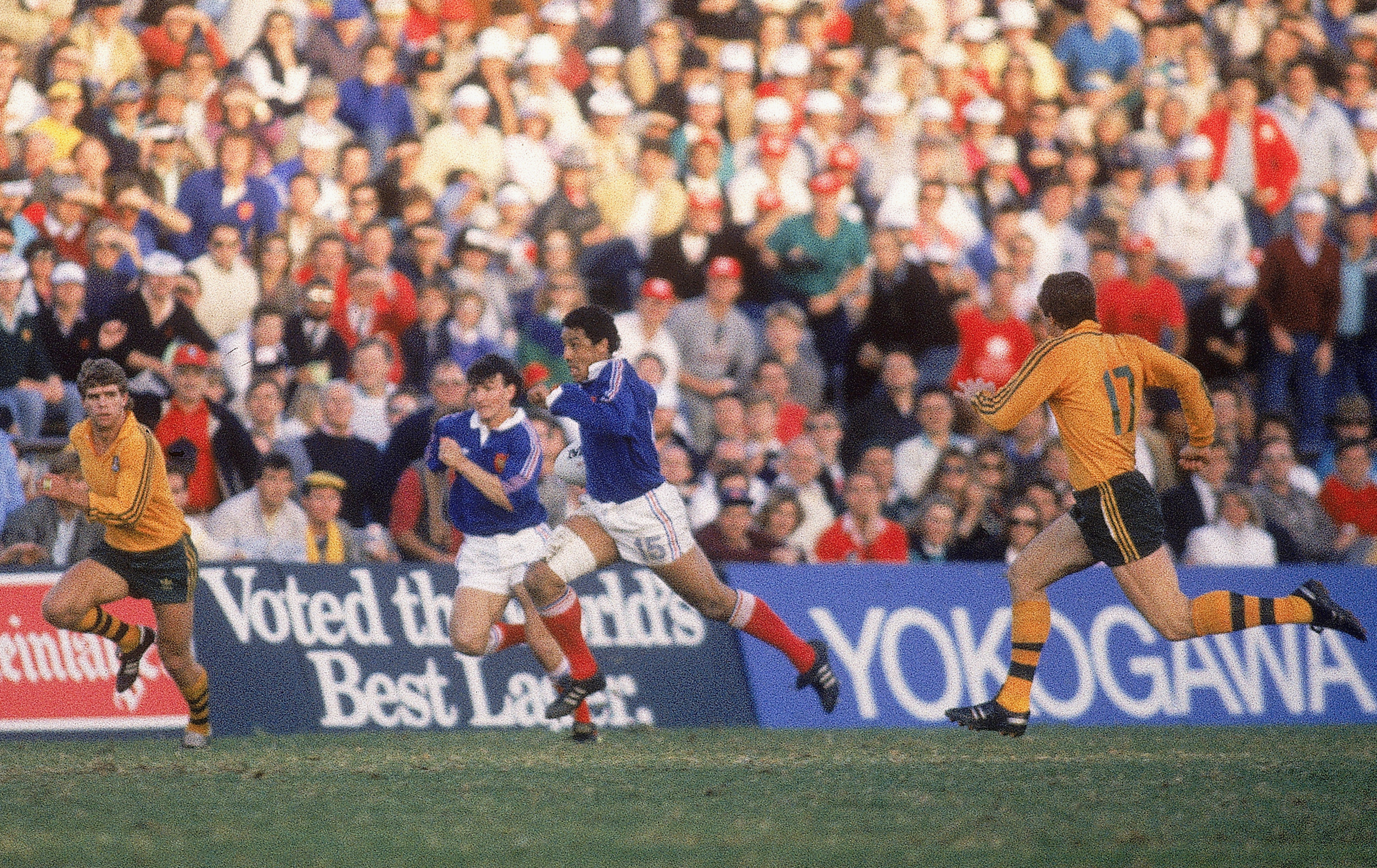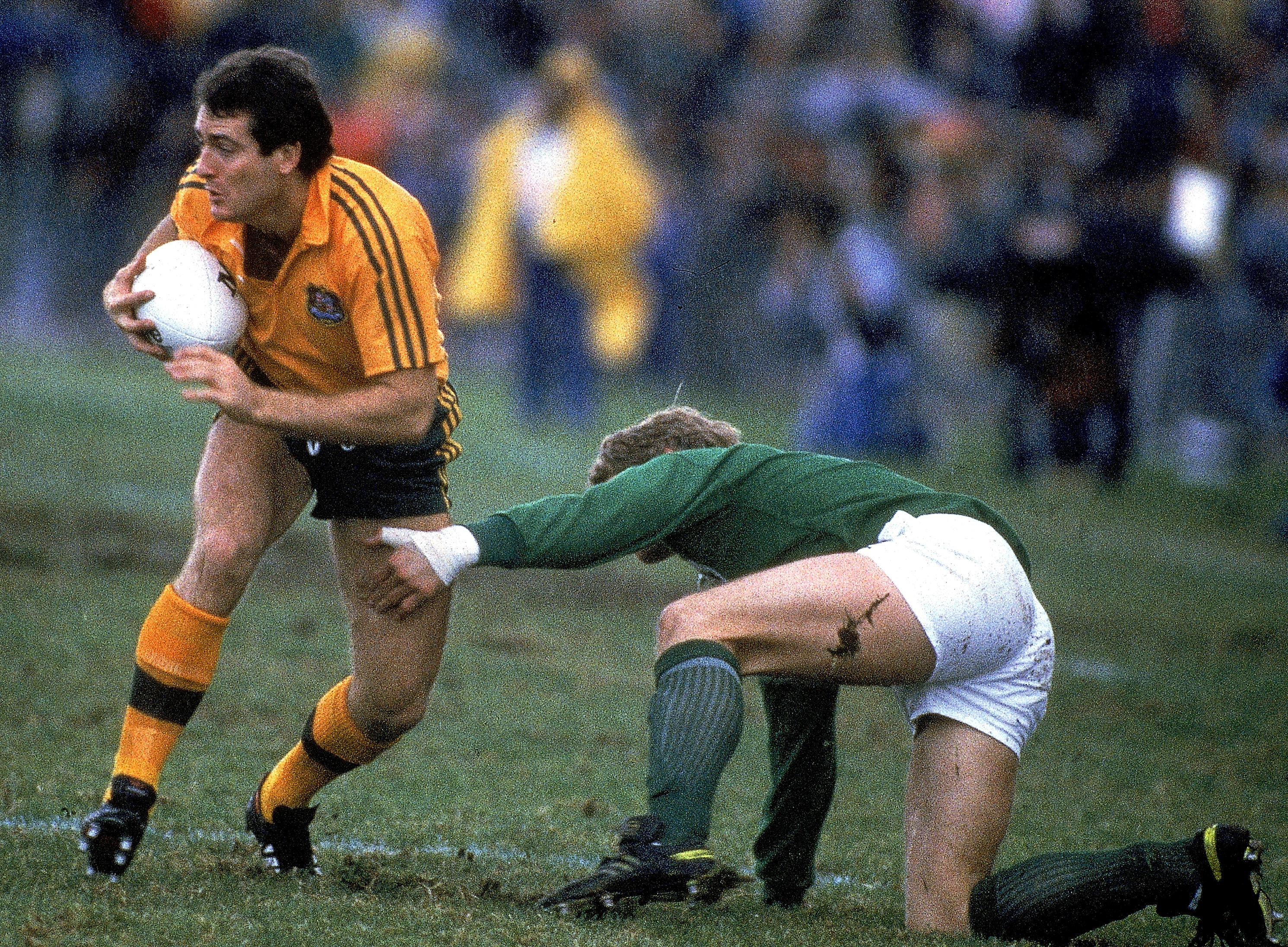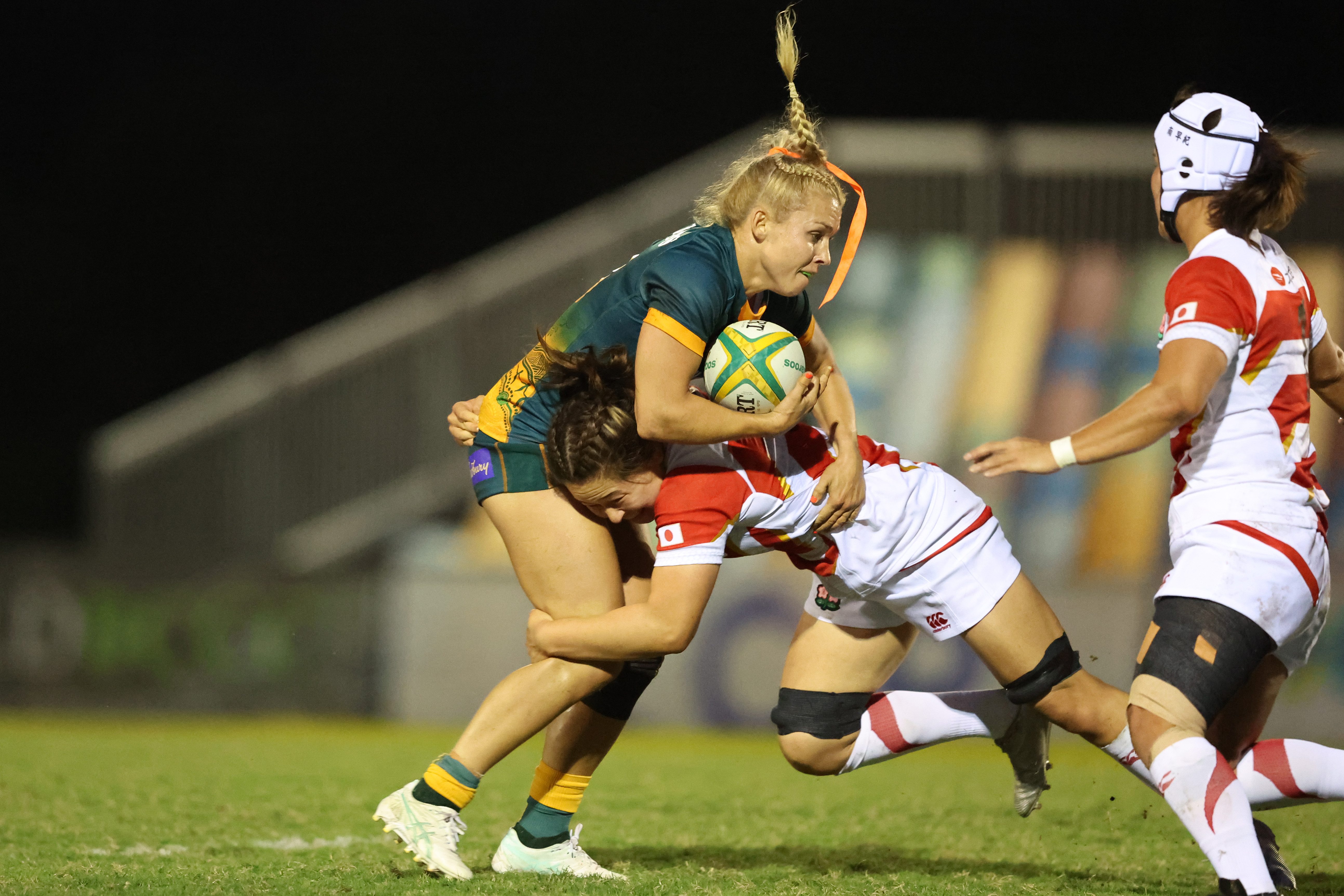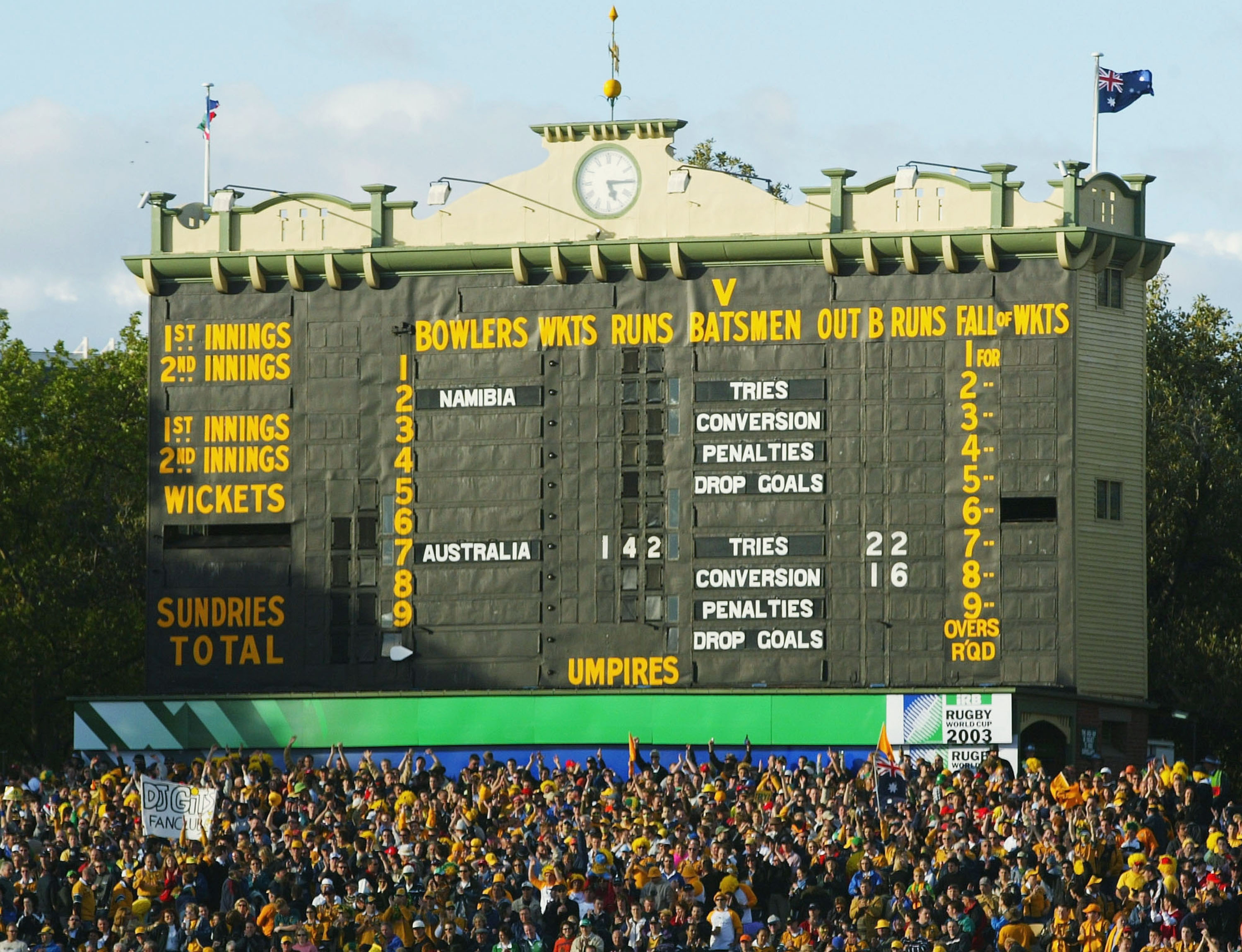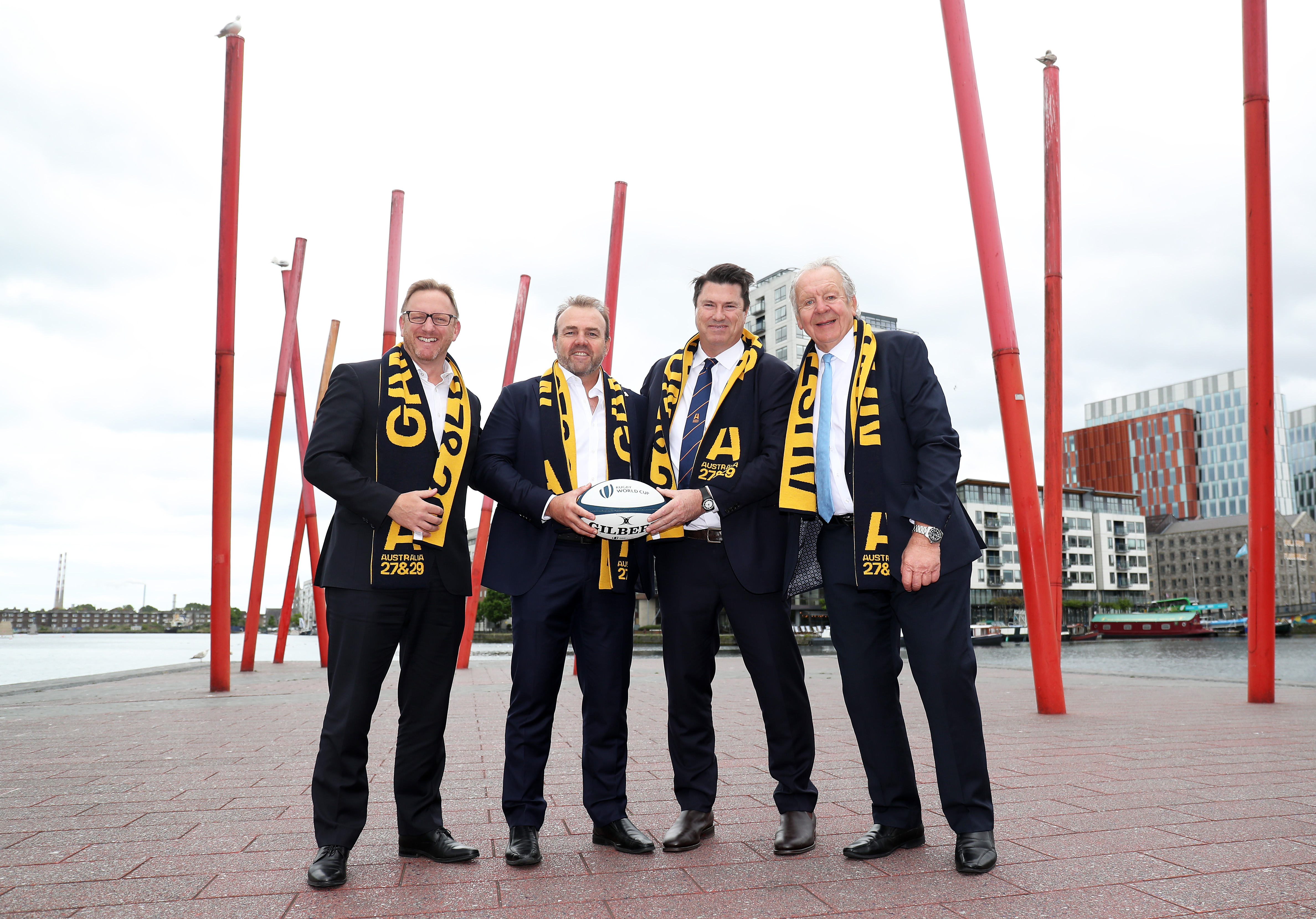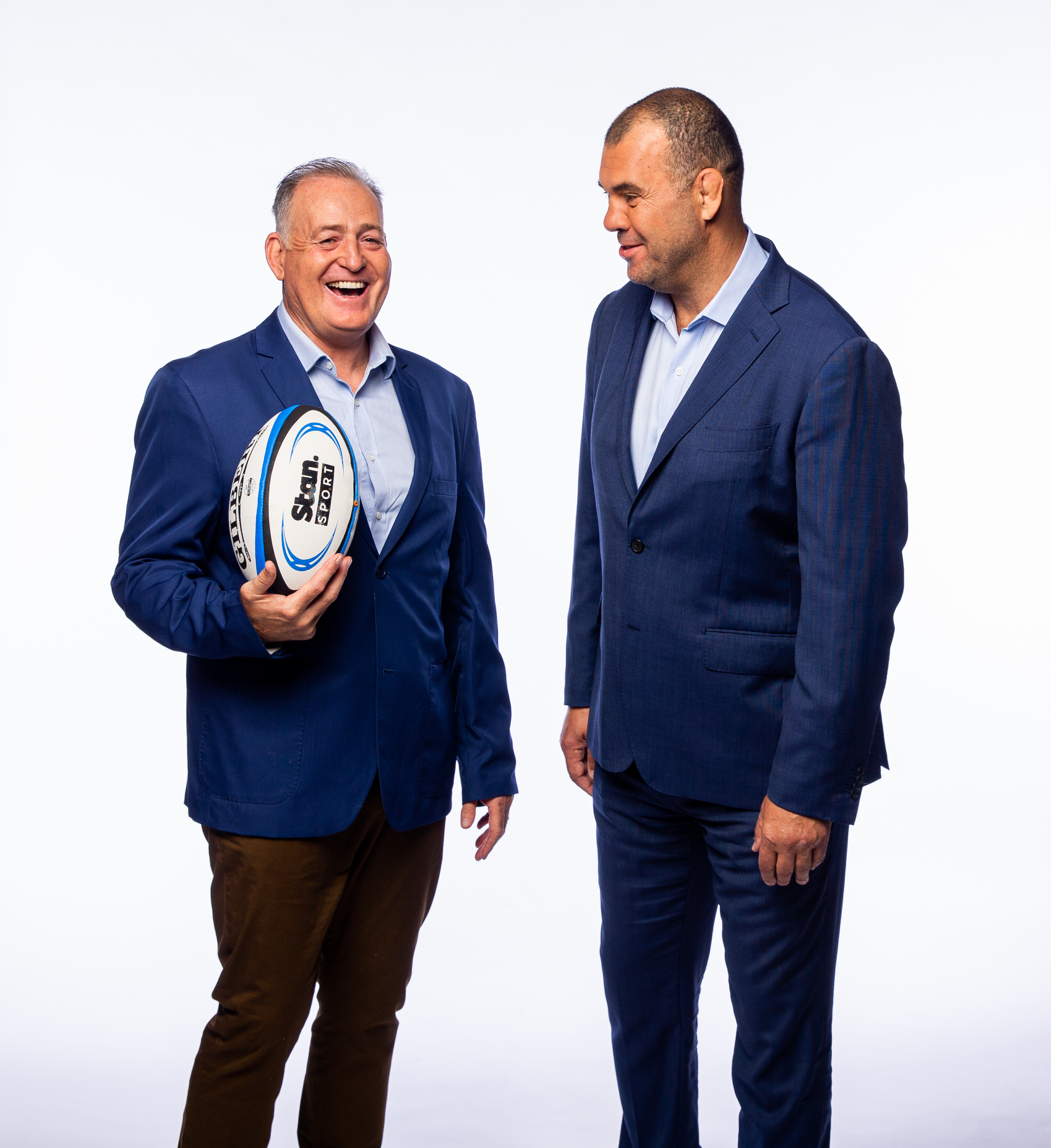It’s absolutely fantastic news for Australia to be hosting the 2027 and 2029 men’s and women’s Rugby World Cups.
I played in the first World Cup in 1987 and can’t believe it will have been 40 years when we get the next one on our shores.
Rugby’s come a long way since that first tournament and the World Cup is now the third biggest sporting event on the planet.
Watch every game of the 2022 Super Rugby Pacific and Shute Shield seasons, streaming ad free, live and on demand only on Stan Sport. Sign up for your free seven day trial!
We saw in 2003 the impact the World Cup can have economically and how it boosted rugby, as a truly international sport, in Australia.
But if it wasn’t for an Aussie, Nick Shehadie, and the New Zealand officials then the Rugby World Cup would never have started.
Looking back now to 1987, you weren’t allowed to have advertising, it was ‘clean’ stadiums only.
READ MORE: Australia awarded rights to 2027 and 2029 tournaments
READ MORE: Biden helps deliver United States historic World Cups
READ MORE: Wallabies captain remembers RWC’s humble beginnings
We were used to playing Test matches at the Sydney Cricket Ground, home for so many Australian sporting greats, and because of the ‘clean’ stadium rules we had to go to Concord Oval and play in front of 17,000 in that 1987 tournament – instead of 40-50,000.
I was still living in Queanbeyan in those amateur days and the players had to take six weeks off work and go into camp in Sydney.
We were used to coming in three days before a Test match so six weeks was a very unusual preparation because we used to rock up on a Wednesday and play a Test on a Saturday.
Sean Maloney and Andrew Mehrtens review the latest round of Super Rugby Pacific, the first Wallaroos game in nearly three years and speak to Noah Lolesio after his exciting re-signing with Australian rugby
https://omny.fm/shows/between-two-posts-1/astro-boy-underwear-and-a-blue-muumuu/embed?style=cover
And while we were used to touring overseas for long periods, it was very different ‘touring’ Australia when you lived here and knew everybody but that became the norm down the track for preparing for World Cups.
My main memory of the 1987 World Cup is that epic semi-final against France.
I was carrying an ankle injury and after the tournament I had an MRI which revealed a cracked bone which did affect my play.
That French game was gut-wrenching but one of the most exciting games of the World Cup.
I managed to break the world record with my 25th Test try in that game against France but I would have given anything away to beat the French and make the final of the World Cup.
It was a disappointing tournament because we had a great team with a lot of players who had won the 1984 Grand Slam and the 1986 Bledisloe Cup and for us to go on to Rotorua, to play for third and fourth, was a real let down.
I’m sure that every other country, in every tournament since, agrees that the third and fourth game is not one that players want to play.
By the end of the World Cup in 1987 there were a lot of players who had been around a while and were looking to give the game away.
Then came Bob Dwyer, back in 1988, to coach the Wallabies and he introduced a lot of young talents like Tim Horan, Jason Little, John Eales and Phil Kearns, which helped the Wallabies movement go forward and aided winning the World Cup in 1991.
We were getting 20 quid a day in the amateur era to play for Australia back then and I’m sure everyone who played realised the game was about representing your country and the culture of the Wallabies and loved the opportunity to wear the green and gold.
With the announcement of the 2027 and 2029 World Cups we have an amazing opportunity to show the world again what a fantastic place Australia is.
And a massive opportunity for boys and girls to watch their idols play in a really, truly, international sport, with a vision for them to one day be playing for Australia.
Rugby is very fortunate to also have sevens which is played at Commonwealth and Olympic Games so we have got a variety of formats for these kids to represent their country and be the best players in the world.
The 2032 Olympics in Brisbane is a huge opportunity for rugby as well and we need to promote sevens as a game that gives more options for the kids to represent Australia.
One of the successful things of 2003 is the game went to most places in Australia and I hope that will happen again so that people who aren’t really rugby supporters can go and see a truly international game be played.
Tasmania, Adelaide, Western Australia, Northern Territory, Canberra and Newcastle – with a team now playing in the Shute Shield – will all hopefully get the chance to host World Cup matches.
I hope we have learnt lessons from 2003 when the money was wasted and put us in a position in 2020 when rugby was broke.
Let’s hope that whoever’s in charge of the funds really think about the future of the game with grassroots rugby and let’s hope they have learned from the past.
The game has struggled a bit in recent years but with this announcement and the opportunity for more funds going into rugby, we have got an opportunity to get back to the stage where we are dominant in the world and within Australian sport.
By winning in 1991 and 1999 we were the first country to win two World Cups – before the Kiwis and South Africans.
Let’s hope in 2027 we can win our third World Cup on home soil and highlight the Wallabies being back on top of the world.
I hope that every kid, family and club that plays has an opportunity to buy tickets to the games so they can come and see their idols.
Hopefully one day they will want to be like their idols and end up playing for their country.
It’s great that Australia has won the bids so let’s celebrate and make the most of it.

